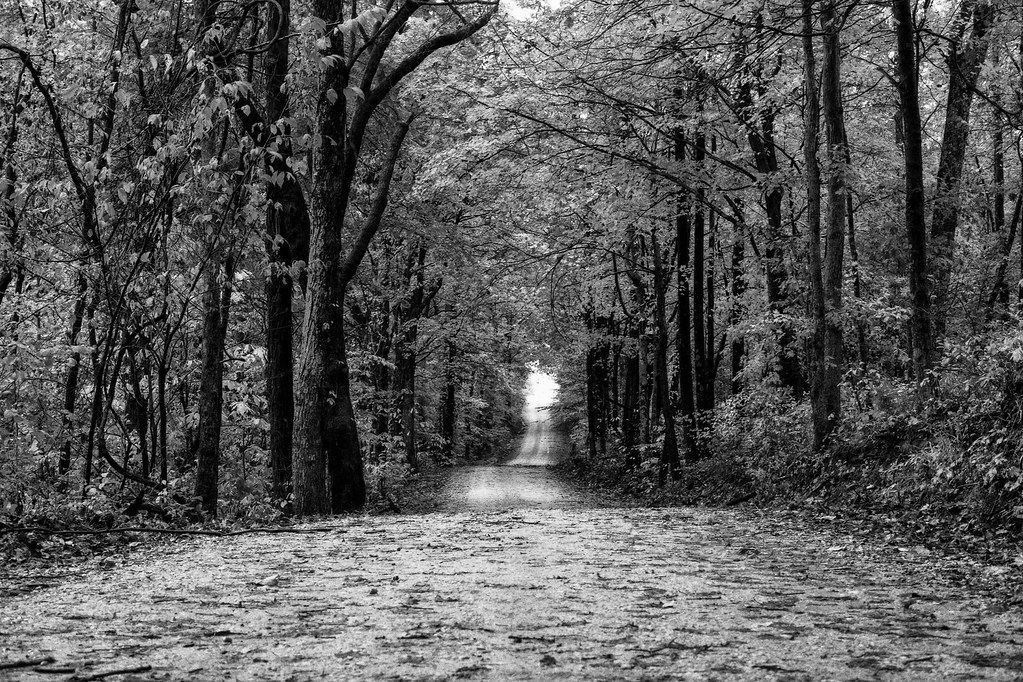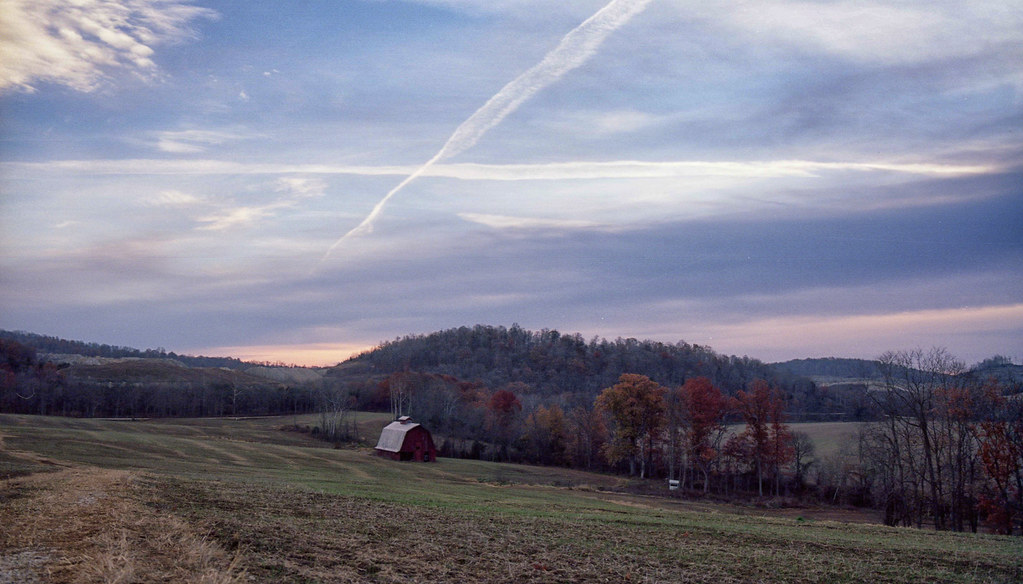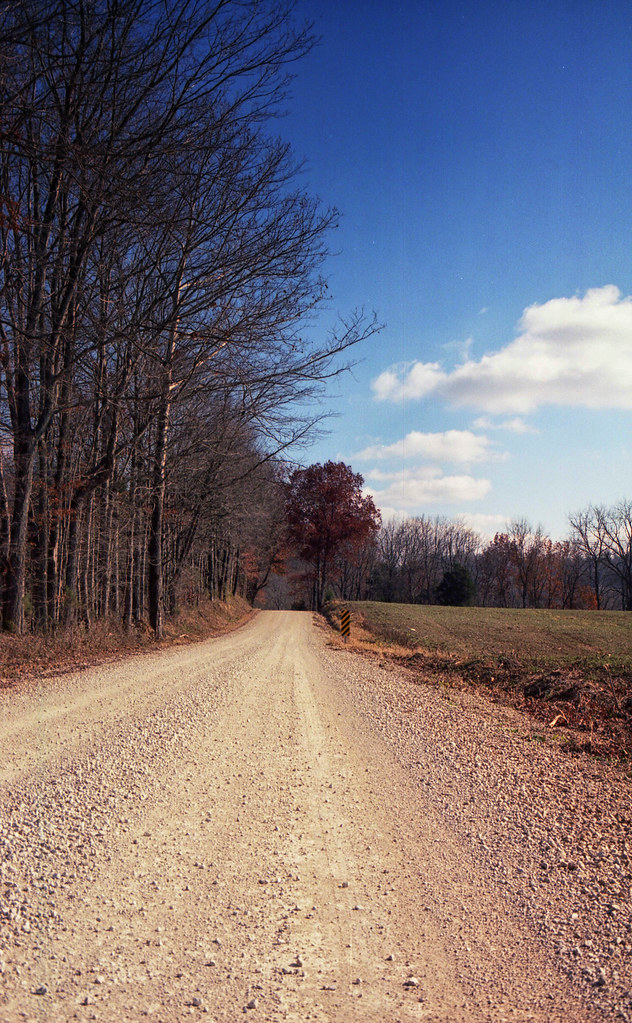 Originally posted by Dartmoor Dave
Originally posted by Dartmoor Dave 
Advocates of equivalence will argue that the APS-C shot should be made one stop wider to make the depth of field match, but that would mean changing either the shutter or ISO, which might bias the results.
Not using the same aperture size for both shots would also bias the result, even if you choose a scene in which everything is "in focus".
Lenses have different performance characteristics at different f-stops and if the shooting is done anywhere near wide open then the APS-C lens that has not been opened up properly gains an advantage. If the shooting is done anywhere near where diffraction starts then the FF lens that has not been stopped down sufficiently gains an advantage because it does not create the amount of blur due to diffraction that it should in a proper comparison.
Keeping two f-ratios the same is meaningless, when you switch formats. You need to keep the aperture sizes the same and that is only possible by using different f-ratios (as the focal lengths are different).
The shutter speeds need to be the same, so that leaves only the ISO setting to compensate for the lower exposure the FF-camera receives with equivalent settings. Set the ISO value of the FF image crop-factor^2 times the ISO value of the APS-C image and then you have a fair comparison.
Unless you use different f-ratios, your experiment would not be convincing to anyone who believes that apples should be compared to apples. You can of course still run the experiment as you envisioned it, but I wonder how compelling any results would be.
 Originally posted by Dartmoor Dave
Originally posted by Dartmoor Dave 
My suggestion is to limit the test shots to subjects in which everything in the frame would be within the depth of field at both 34mm and 51mm, so eliminating depth of field as a variable.
Whether something is "within the DOF" is not that straightforward. Only a single plane is in focus, everything else is out of focus to various degrees. Different manufacturers have a different ideas of which degree of blurriness can still be deemed to be "within the DOF". A suitable DOF definition also depends on the viewing distance, for instance. DOF calculators make certain standard assumptions, but if these do not hold then the calculators will not correctly predict what is "in focus".
To cut a long story short, when you use different aperture sizes (by using the same value for the f-ratios), you will create different degrees of blurriness away from the plane of focus. If the subject(s), viewing conditions, etc. are such that no difference can be seen nevertheless then the test isn't very practical, is it? For instance, the normal advantage of a larger format regarding AF accuracy, becomes meaningless when the DOF becomes so deep that even AF outliers won't matter. The extreme example of an indiscriminate scene would be a closed room with no light source. All formats would take the same black picture then.

BTW, the idea of equivalence quite clearly states that there are many scenes for which both formats can produce an identical picture. This does not need to be demonstrated. As Clavius indicated, a larger format just provides more headroom (e.g., regarding DR, shallow DOF, AF accuracy, lens abberrations, enlargement potential, low-light (with the respective lenses)) that can be very useful to have, but does not influence each and every single image.


 Similar Threads
Similar Threads 








 ) will struggle to tell the difference between 3MP or 12MP poster sized prints. So I doubt whether most people would be able to discern any difference between FF vs APS-C when the scene is shot the same way, and without any attempt to play to the specific strengths or weaknesses of either format.
) will struggle to tell the difference between 3MP or 12MP poster sized prints. So I doubt whether most people would be able to discern any difference between FF vs APS-C when the scene is shot the same way, and without any attempt to play to the specific strengths or weaknesses of either format.













 Post #54 by jsherman999
Post #54 by jsherman999








